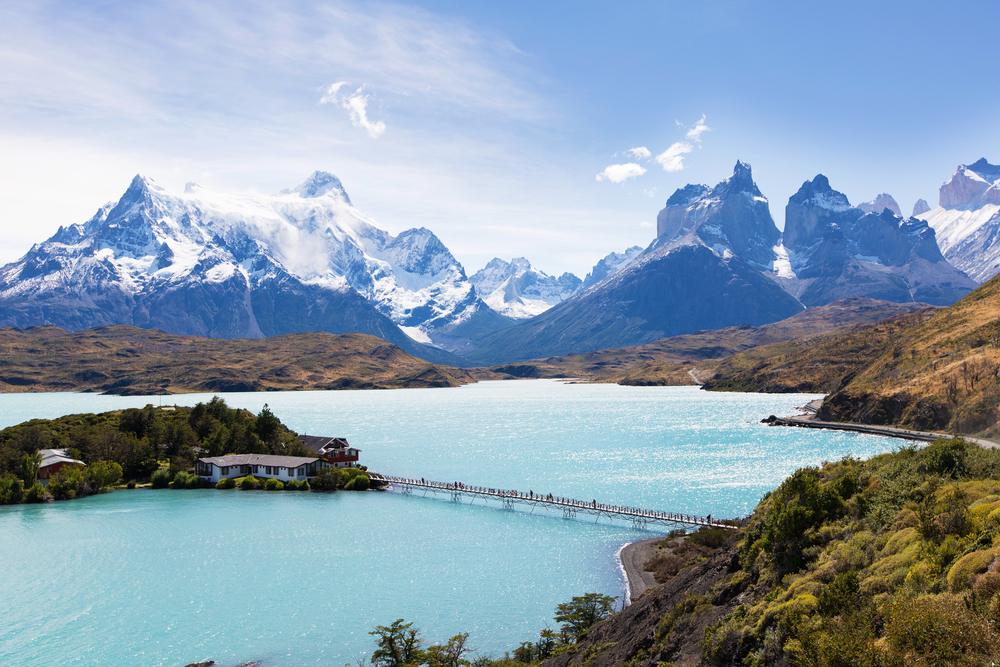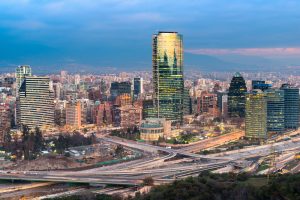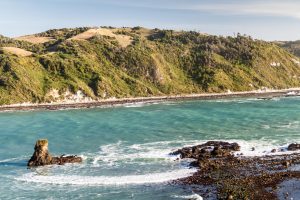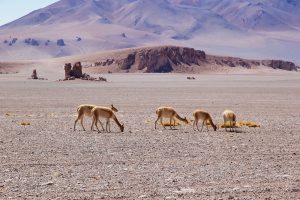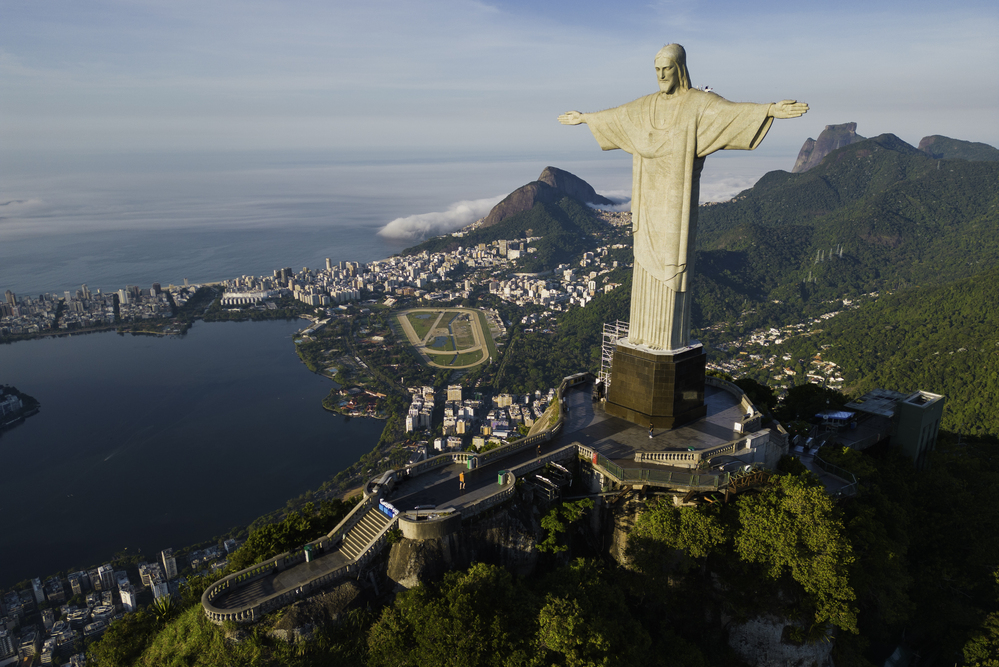If you are planning a trip to South America, Chile is a destination that deserves to be on your list. Narrow and long, the country offers an incredible variety of landscapes and experiences, from arid deserts to imposing glaciers.
There is much to do in Chile, whether you are a fan of nature, outdoor adventures, culture, or gastronomy. Whether in summer or winter, there is always something interesting to explore. Looking for things to do in Chile?! In this article, you will discover some of the best activities and places to visit from north to south in the third safest country in South America to visit.
Getting to Know Chile
Located between the Andes Mountains and the Pacific Ocean, Chile is a country of impressive contrasts and breathtaking landscapes. It is home to a natural and cultural diversity that is hard to find elsewhere. In the same country, you can explore the driest desert in the world, admire snow-covered volcanoes, relax in award-winning vineyards, and even walk among glaciers.
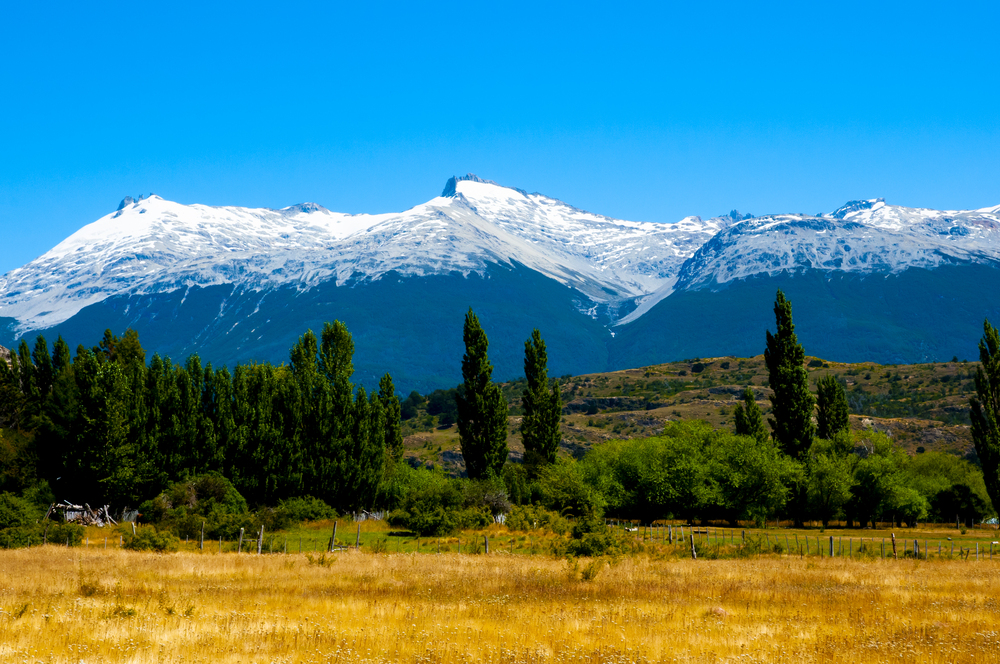
When choosing a destination country for your trip, it is important to know a little about its territory so as not to feel lost. Knowing the history of Chile is essential to understanding its culture, its people, and even its monuments and cities. When visiting the country, you will notice how the past and present blend in every corner.
Territory
The territory of Chile is undoubtedly one of the most curious and fascinating in the world. Narrow and long, the country stretches for more than 4,300 km along the southwestern coast of South America, between the Pacific Ocean and the imposing Andes Mountains. This unique geography gives Chile an enormous variety of landscapes and climates, ranging from the Atacama Desert in the north — the driest place on the planet — to the glaciers and icy mountains of Patagonia in the far south.
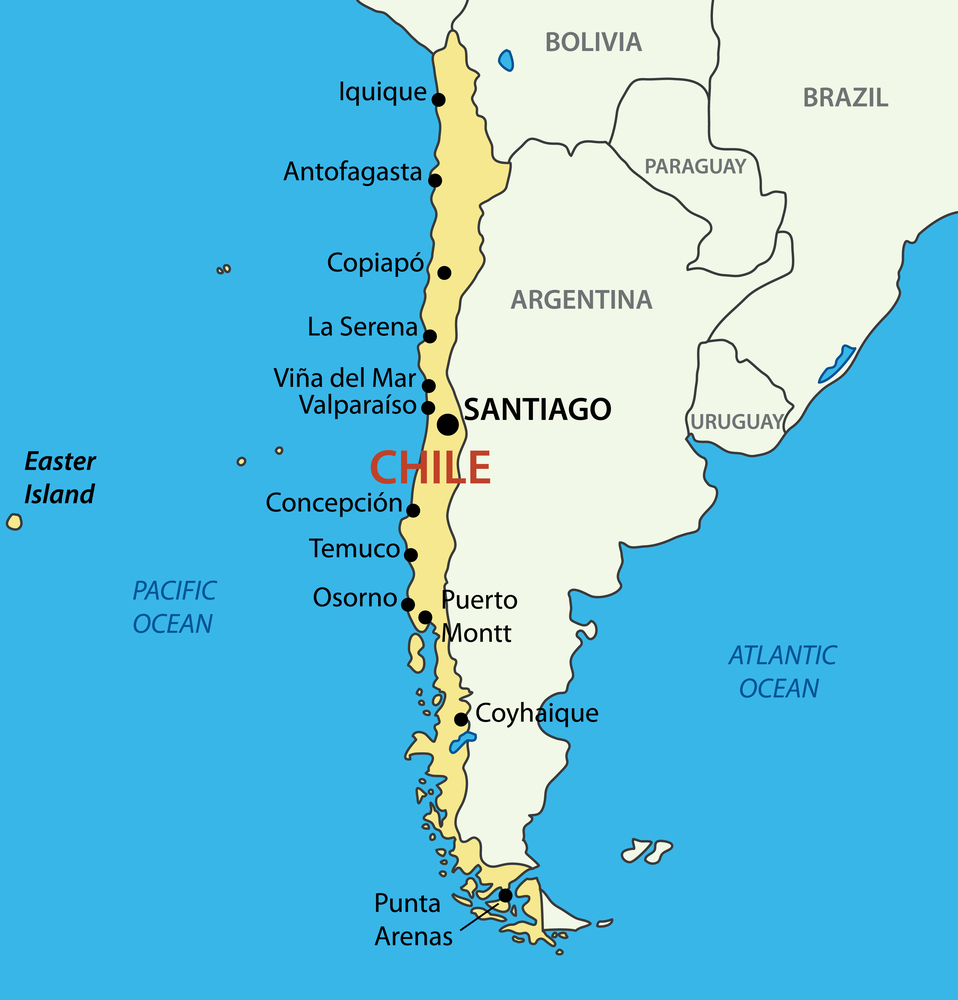
Although it may seem small when we look at it on the map due to its width, Chile has a territorial area of approximately 756,000 km², which provides space for an incredible diversity of ecosystems. The country also extends into the Pacific Ocean, including islands such as Easter Island, famous for its mysterious Moai statues, and the Juan Fernández Archipelago.
Another interesting point is that Chile is divided into three major zones: Continental Chile (where most of the population is located), Insular Chile (comprising the islands in the Pacific), and Antarctic Chile (a territorial claim in Antarctica). Each of these regions has its unique characteristics and contributes to making the country even richer from a geographical and cultural perspective.
History
The history of Chile is marked by a mixture of cultures, challenges, and transformations that have helped shape the country as it is today. Before the arrival of Europeans, the region was inhabited by various indigenous peoples, such as the Mapuches, who bravely resisted Spanish domination for centuries. In 1541, the conquistador Pedro de Valdivia founded Santiago, marking the beginning of the Spanish colonial period that would last almost 300 years.
During colonization, Chile was a relatively peripheral colony within the Spanish Empire but developed its own identity, influenced by both indigenous cultures and European presence. In the early 19th century, inspired by independence movements in other South American countries, Chile began its struggle for freedom. In 1818, the country achieved its independence, led by figures such as Bernardo O’Higgins and José de San Martín.
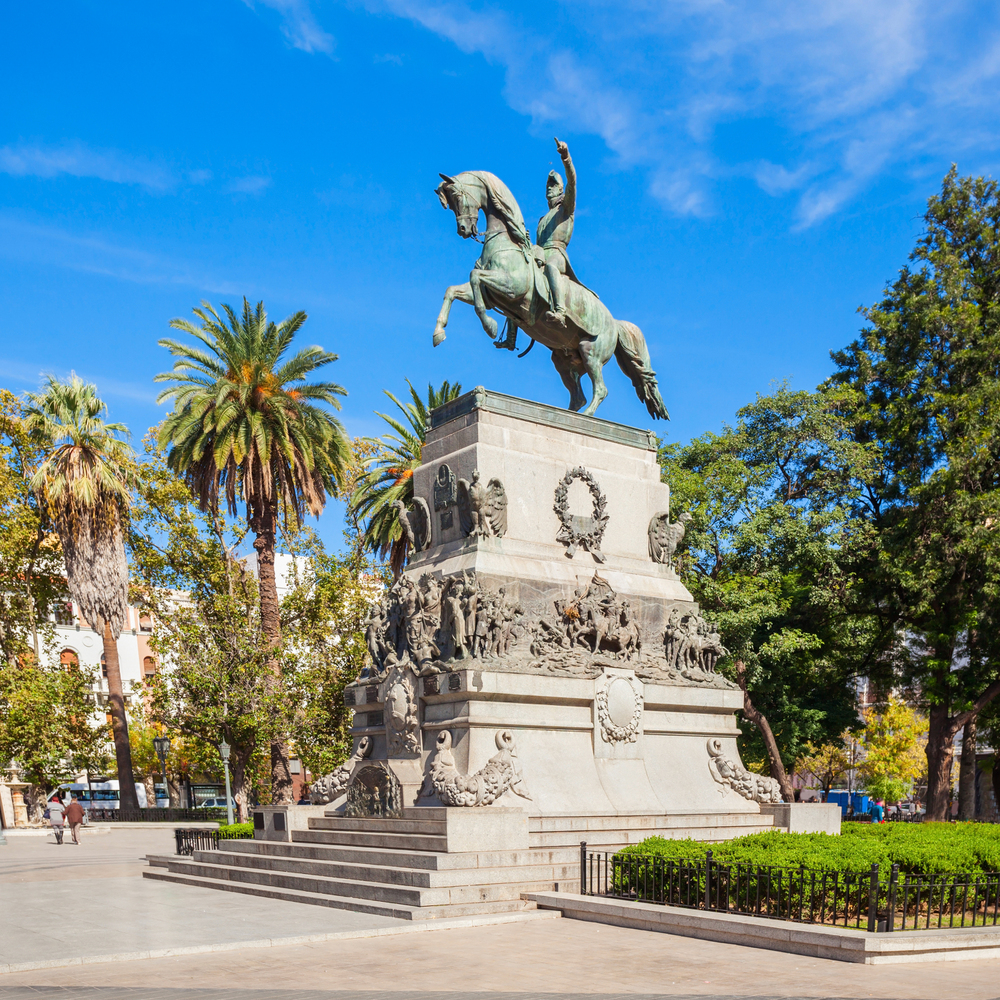
As an independent nation, Chile has experienced periods of growth and conflict. In the late 19th century, it expanded its territory by winning the War of the Pacific against Bolivia and Peru, gaining mineral-rich areas. Throughout the 20th century, the country experienced ups and downs, alternating between democratic periods and moments of political instability.
One of the most significant episodes was the military coup of 1973, which overthrew the socialist government of Salvador Allende and initiated the dictatorship of Augusto Pinochet, which lasted until 1990. Since then, Chile has returned to democracy and established itself as one of the most stable countries in South America.
Culture
Chile’s culture is as diverse as its geography. With indigenous, European, and even African influences, the country has developed a unique identity over time. Each Chilean region has its own particularities, but all share a strong sense of tradition, pride, and love for the land. From the traditional dance called cueca to delicious dishes like empanadas and cazuelas, Chilean culture is evident in the daily lives of the people, in popular festivals, music, and even in the way they welcome visitors.
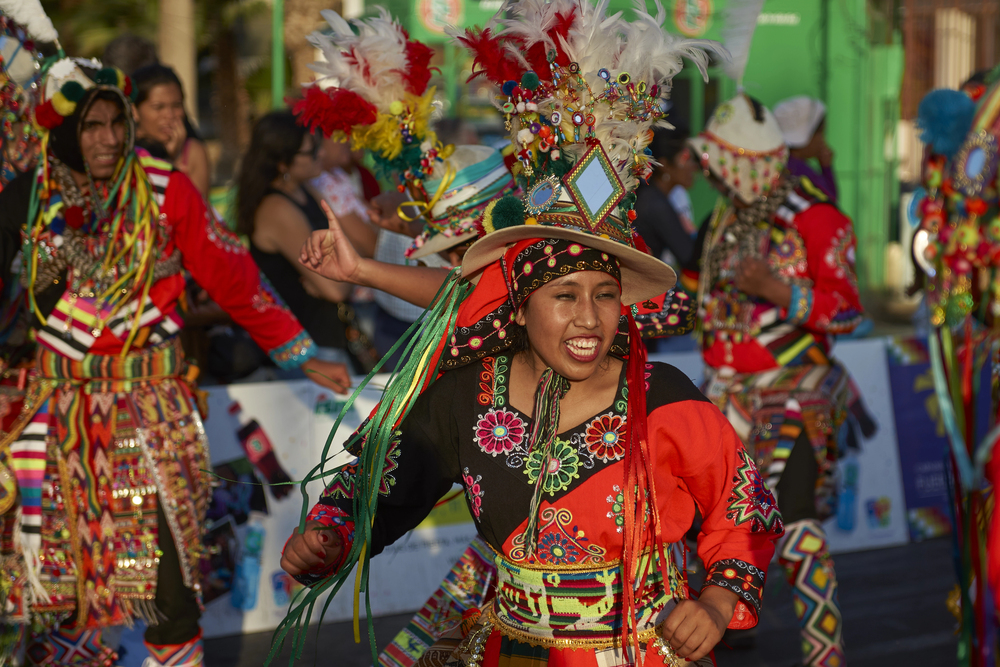
Indigenous peoples, such as the Mapuches, still keep many of their traditions alive, especially in the south of the country. In the north, you can see the influence of Andean cultures, with colorful festivals and rituals linked to nature and the cycles of the year. On Easter Island, the Rapa Nui culture impresses with its mysteries, legends, and the famous Moai statues.
The Spanish heritage is also present in the architecture, the predominant Catholic religion, and urban customs. At the same time, modern Chile values art, literature, and critical thinking — it is no wonder that the country is the birthplace of two Nobel Prize winners in Literature: Gabriela Mistral and Pablo Neruda.
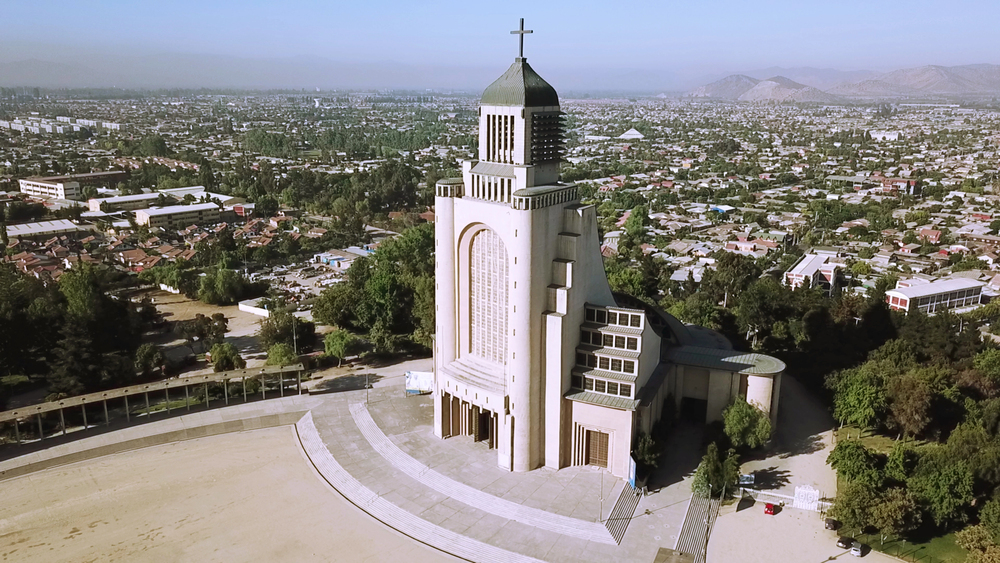
Whether in a bustling city like Santiago or a village in the Andes, visitors will find that Chileans are generally friendly, polite, and proud of their history. When traveling through Chile, you will not only encounter incredible landscapes but also a welcoming people and a culture rich in expressions, flavors, and traditions.
Main Destinations
Chile is one of the most amazing destinations in South America, full of stunning landscapes, rich culture, and unique experiences. From north to south, the country offers a variety of settings that enchant any traveler. This diversity makes Chile perfect for different travel styles — whether you are looking for adventure, relaxation, contact with nature, or cultural immersion. If you are looking for things to do in Chile, stay with me to discover the best the country has to offer.
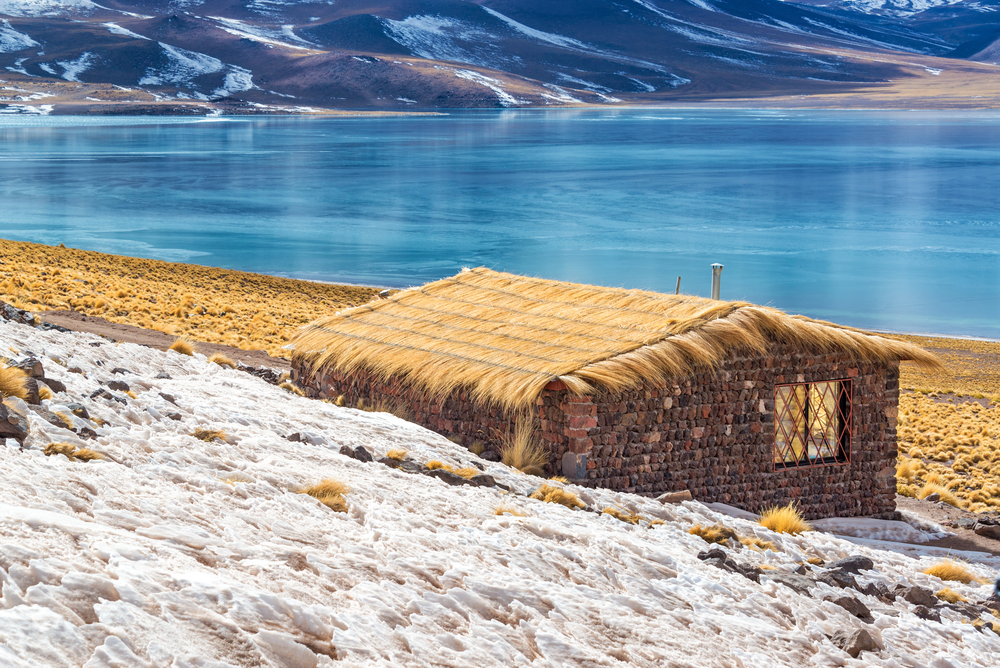
In the far north, the Atacama Desert is one of the most fascinating places on the planet. It is the driest desert in the world, with landscapes that seem out of this world: salt valleys, colorful lagoons, geysers, rock formations, and breathtaking starry skies. The town of San Pedro de Atacama is the base for exploring this region and offers great options for accommodation, gastronomy, and guided tours.
Moving to the center of the country, the capital Santiago is modern, vibrant, and surrounded by mountains. The city blends urban life with nature and has attractions for all tastes: museums, parks, viewpoints, bars, and restaurants. Nearby are the famous wineries of the Maipo Valley and the Casablanca Valley, ideal for those who want to engage in ecotourism and get to know Chile’s internationally renowned wines.
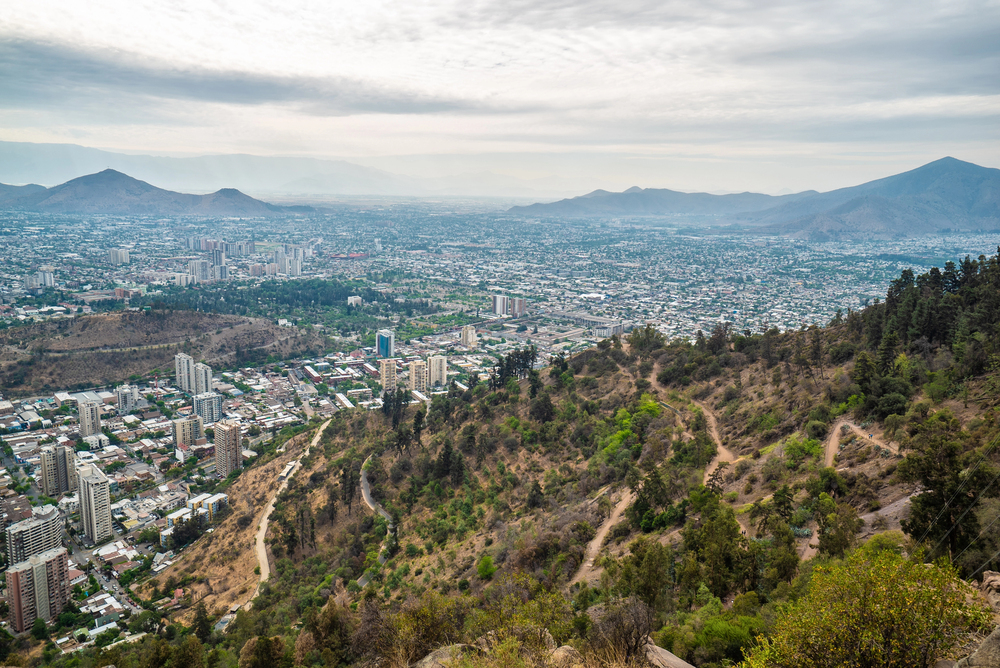
Also in the central region, Valparaíso enchants with its bohemian style and colorful houses scattered across the hills, while Viña del Mar is known for its beaches and lively nightlife, making it great for a seaside getaway.
In the south of the country, nature becomes even more intense. The Lake District, with cities like Puerto Varas and Frutillar, offers a postcard-worthy setting with crystal-clear lakes, snow-capped volcanoes, and German colonial influence. Further south is the famous Chilean Patagonia, home to one of the most impressive national parks in the world: Torres del Paine. Its trails, mountains, glaciers, and lakes make this destination a dream for any nature and trekking lover.
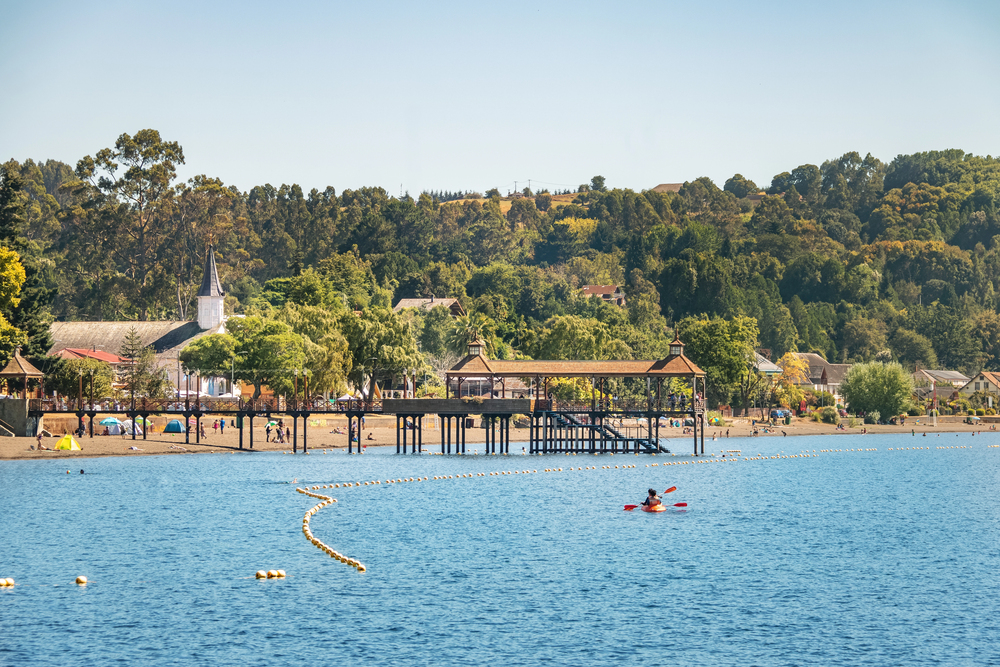
We cannot forget Easter Island, in the middle of the Pacific Ocean. The island is known for its mysterious Moai — large stone statues scattered across the landscape — and its unique culture, linked to the Rapa Nui people. It is an ideal place for those seeking something different, with history, legends, and a climate of total disconnection from the modern world.
Traveling through Chile is discovering a country with many faces and many landscapes. In just a few days, you can go from desert to snow, from beach to mountain, and experience completely different adventures. Next, I will show you the main destinations in Chile, what to do in each of them, and tips to make the most of your trip. If you are still choosing your next destination, Chile can surprise you in many ways.
Santiago
Santiago, the capital of Chile, is a modern, vibrant city full of contrasts. Located between the Andes Mountains and the Pacific Ocean, Santiago impresses both with its surrounding natural beauty and its intense urban life. It is the main entry point for those arriving in Chile and serves as a base for exploring various regions of the country. There is no shortage of things to do in Santiago.
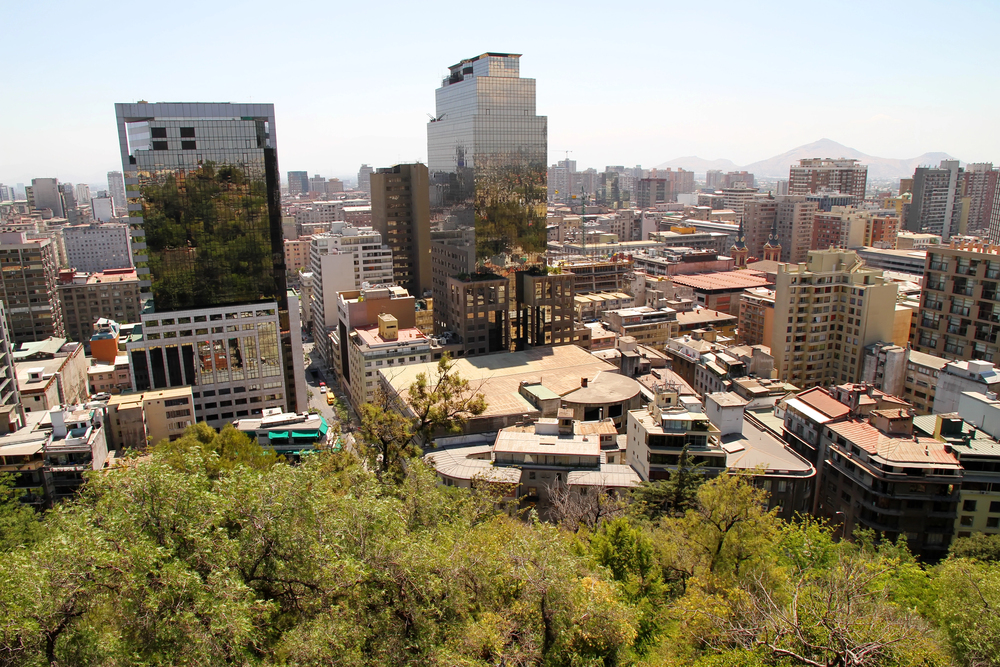
The city has a bit of everything: tranquil parks, interesting museums, historic centers, bohemian neighborhoods, and an excellent gastronomic scene. One of the most visited places is Cerro San Cristóbal, which offers an incredible panoramic view of the city and the mountains in the background. Another famous spot is Cerro Santa Lucía, ideal for those who enjoy short walks with beautiful landscapes.
The historic center of Santiago houses important buildings, such as Plaza de Armas, the Metropolitan Cathedral, and La Moneda Palace, the seat of the Chilean government. The Bellavista and Lastarria neighborhoods are great for those who enjoy art, culture, trendy bars, and restaurants.
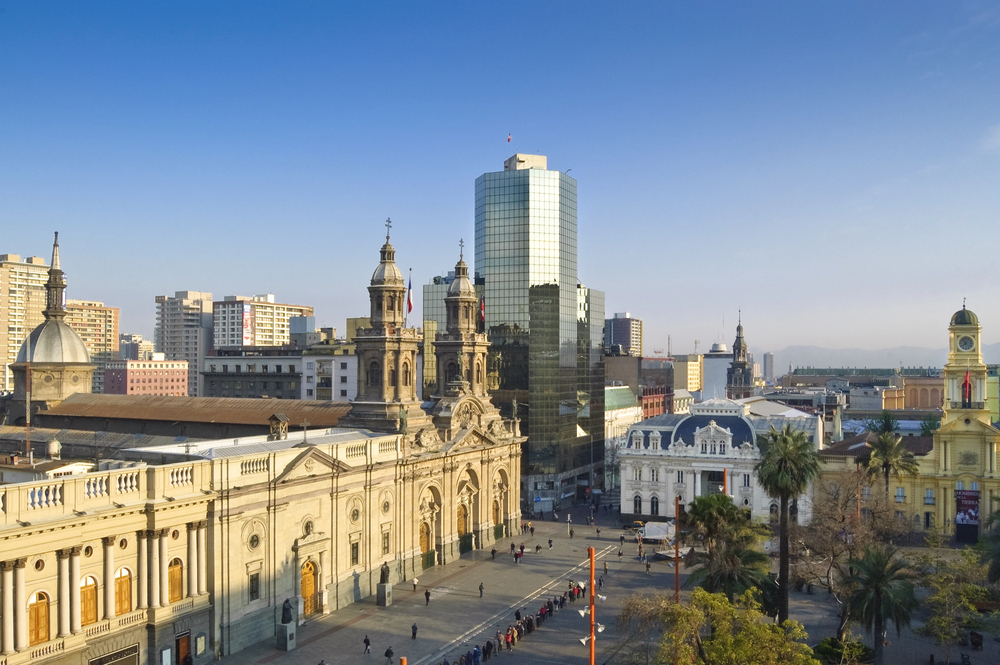
During the winter, Santiago becomes a great base for those who want to practice snow sports at nearby resorts, such as Valle Nevado. In the summer, it is common to take day trips to Valparaíso and Viña del Mar, which are about 1.5 hours from the capital.
With excellent infrastructure, efficient transportation, and many attractions, Santiago is a city that appeals to different types of tourists.
Atacama Desert
The Atacama Desert, in northern Chile, is one of the most incredible places in the world — and that is no exaggeration. With landscapes that seem out of this world, the Atacama captivates with its diversity of attractions and unique beauty. Despite being the driest desert on the planet, it is far from being a “lifeless” place. On the contrary, there is much to see and do there.
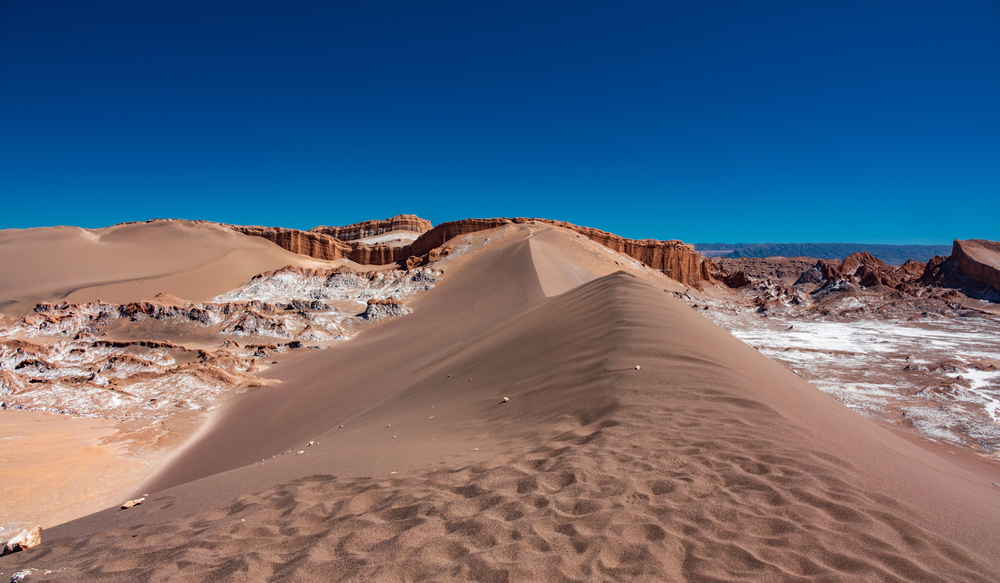
One of the must-see experiences is visiting the Valle de la Luna, with its impressive rock formations and an unforgettable sunset. Another highlight is the El Tatio Geyser, where you can see steam rising from the ground in the early morning, amidst the icy mountains — it’s worth waking up early!
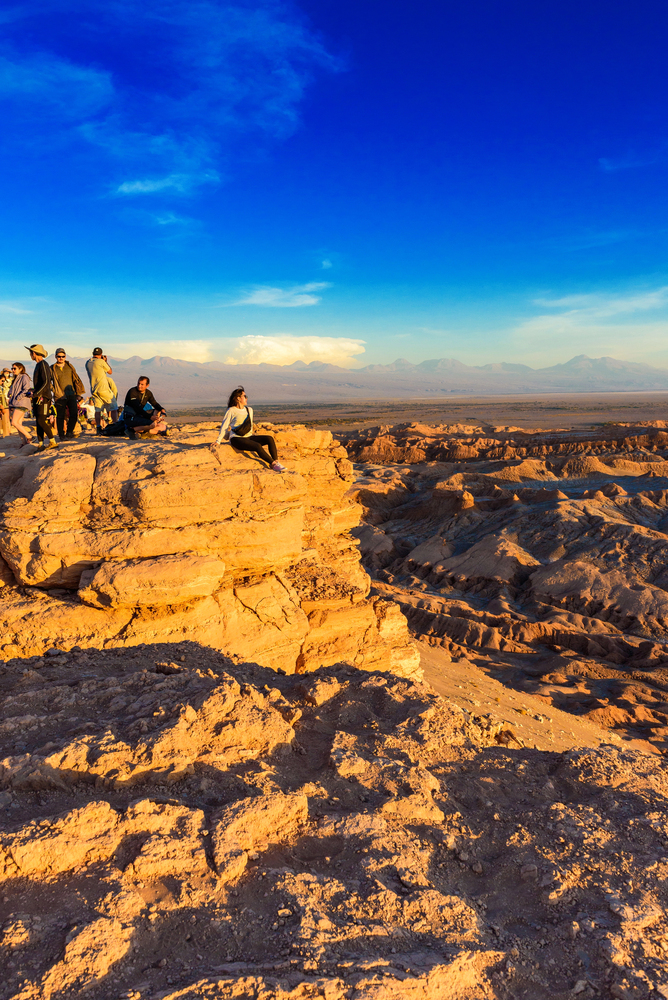
The Altiplanic Lagoons (such as Miscanti and Miñiques) and the Laguna Cejar, with its salty water where you can float, are also must-see stops. If you enjoy astronomy, the Atacama sky is one of the clearest in the world for stargazing — several night tours are offered with telescopes and explanations about the universe.
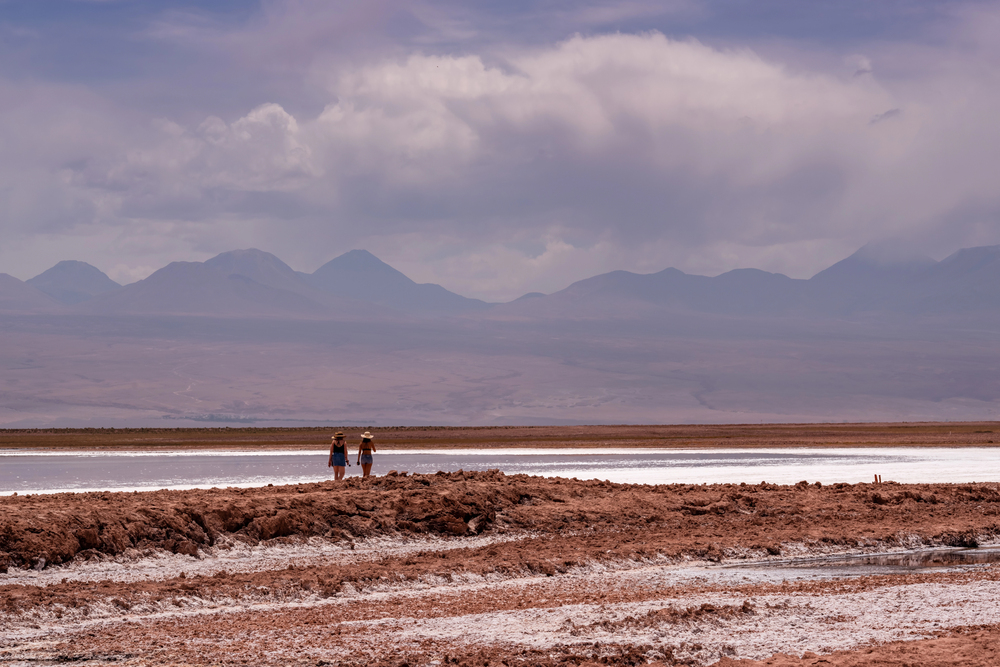
Other popular activities include visiting the salt flats, the geological formations of the Valle de la Muerte, visiting historic villages like Toconao and Socaire, biking, hiking, and even relaxing in hot springs like the Termas de Puritama.
The Atacama is a destination that combines extreme nature, Andean culture, and unforgettable adventures. In just a few days, you find yourself surrounded by volcanoes, colorful lagoons, starry skies, and a peace that is hard to explain. A true paradise for those who love different landscapes and remarkable experiences.
The base town for exploring the desert is San Pedro de Atacama, charming with its dirt streets, cozy inns, restaurants, and craft shops. It is a small village in the north of the country, considered the heart of the Atacama Desert. Despite its simple size and dirt roads, San Pedro is the starting point for some of the most incredible landscapes on the planet. It is there that travelers base themselves to explore geysers, altiplanic lagoons, salt flats, and even the clearest starry sky you can imagine.
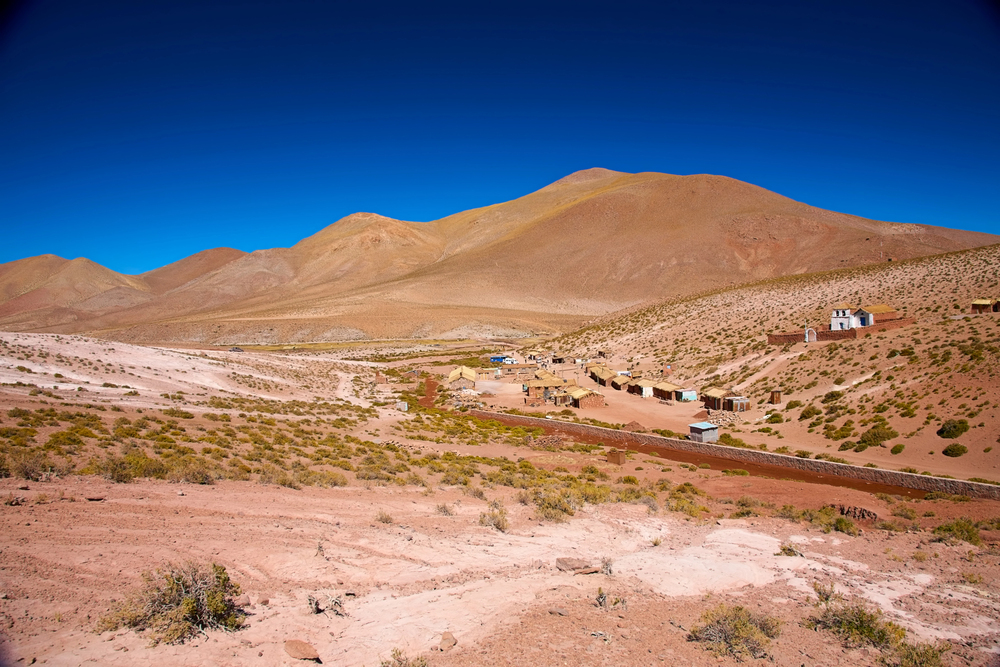
The town has a rustic and welcoming atmosphere. The buildings are low, made of adobe, and the look perfectly matches the surrounding desert environment. In the center, you will find tourism agencies, charming inns, cafes, restaurants, and local craft shops.
San Pedro is over 2,400 meters above sea level, so it’s good to allow time for acclimatization before undertaking more demanding tours. Besides the natural beauties, San Pedro has an interesting cultural side. The village has a strong influence from the Atacameño culture, and there are archaeological sites and museums that showcase a bit of the region’s history, such as the Gustavo Le Paige Museum.
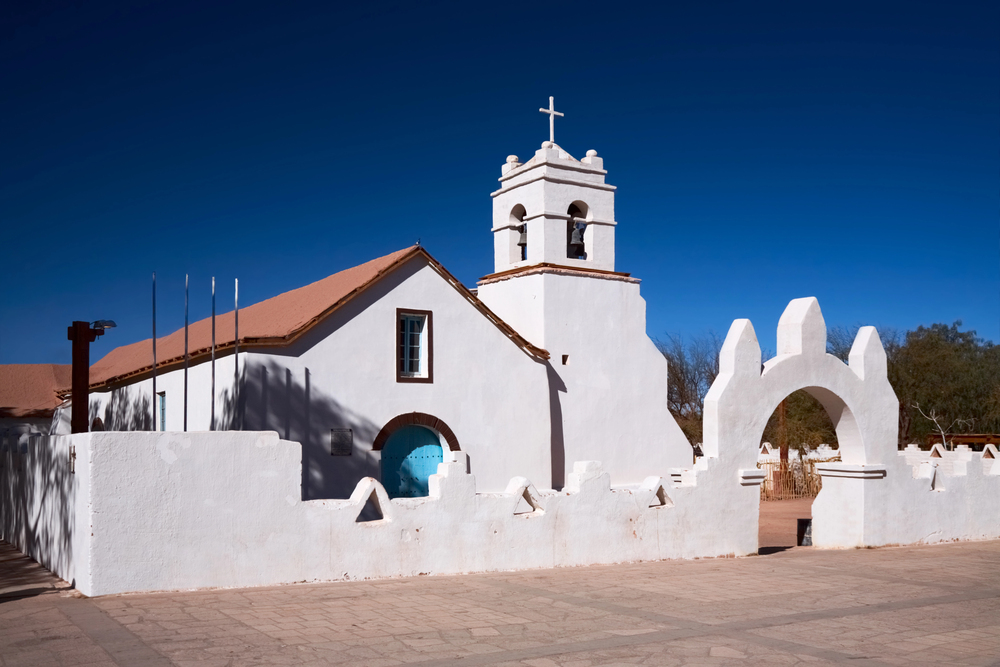
San Pedro de Atacama is the kind of place that captivates with its simplicity and the grandeur around it. Ideal for those seeking adventure, contact with nature, and truly memorable experiences. If you are planning to visit the desert, this is where it all begins — and it is almost certain that you will want to return one day.
Valparaíso
Valparaíso, in Chile, is a port city full of personality, color, and history. Known for its hills, artistic staircases, and vibrant murals, it attracts travelers looking for an authentic and cultural destination.
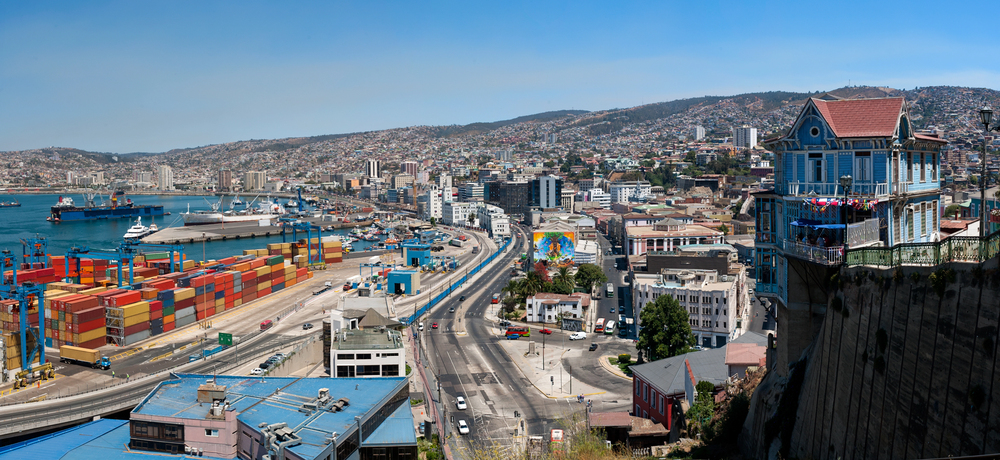
The city has a bohemian air and is considered one of the main artistic centers in Chile, with a lot of influence from poets, painters, and musicians. It’s no wonder that Pablo Neruda chose to live there — and a visit to his former house, La Sebastiana, is one of the must-see attractions to start your list of things to do in Chile in Valparaíso.
One of the best activities in Valparaíso is simply walking. The hills (cerros) Alegre and Concepción are the most famous, with narrow streets, charming cafes, art shops, and graffiti everywhere. The city is practically an open-air museum.
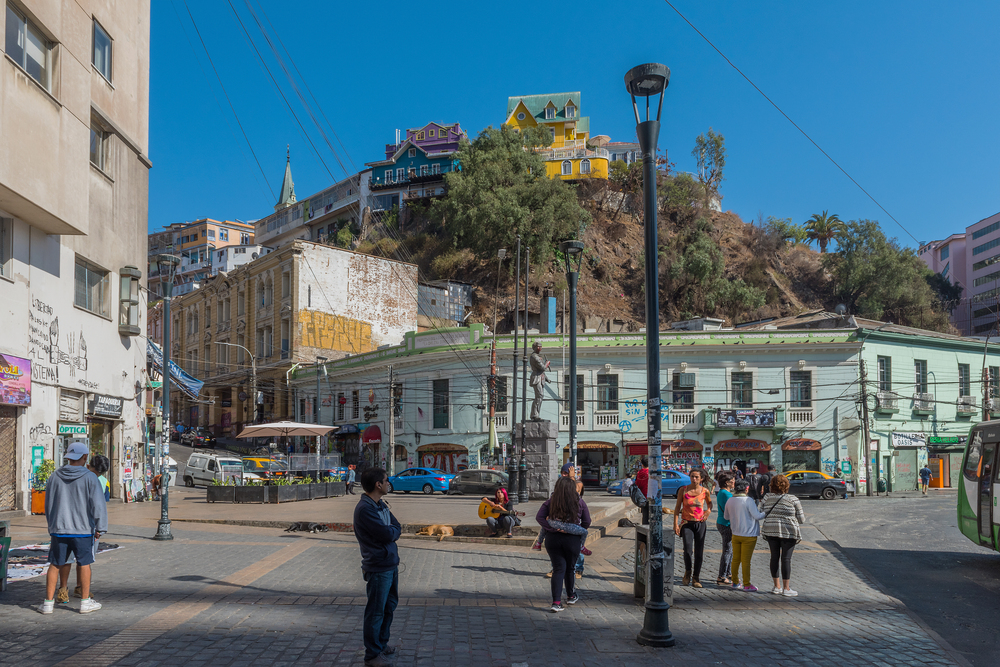
Another interesting activity is riding the historic funiculars, which are old inclined elevators used to go up and down the hills. Some are still in operation and are part of the city’s charm.
For those who enjoy panoramic views, Paseo 21 de Mayo offers a beautiful view of the port and the sea. You can also take a boat tour of the bay, ideal for seeing Valparaíso from another angle.
In the city center, it is worth visiting Plaza Sotomayor to learn a bit more about Chile’s maritime history. The city also has several museums, such as the Museo de Bellas Artes and the Museo Marítimo Nacional.
Valparaíso is a lively city, with music in the streets, local flavors, and a creative energy that captivates. It is only 1.5 hours from Santiago, making it perfect for a day trip or for spending a few days exploring at a leisurely pace. If you enjoy art, culture, and unique places, Valparaíso will surely enchant you.
Viña del Mar
It is the perfect destination for those seeking beaches, charm, and good infrastructure. Known as the “Garden City,” Viña enchants with its well-maintained green areas, elegant architecture, and more relaxed atmosphere. It is right next to Valparaíso, and many tourists take the opportunity to visit both in the same itinerary. Here I present to you the things to do in Chile in Viña del Mar.
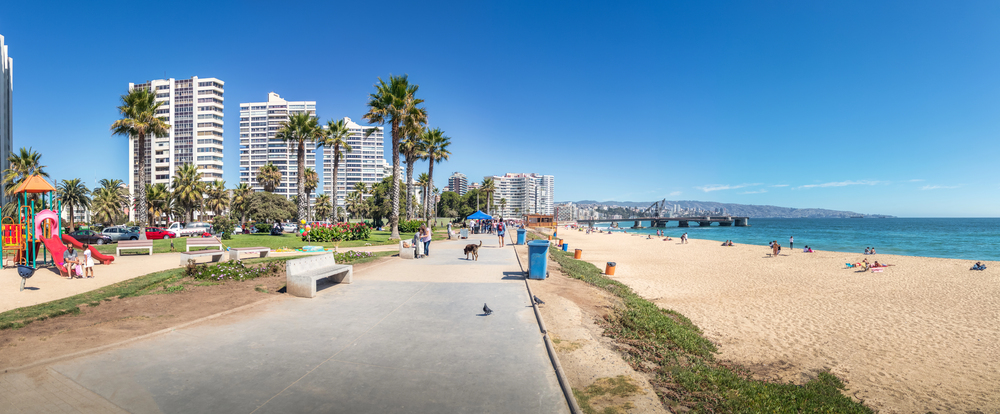
The main attraction of Viña del Mar is undoubtedly its beaches. Playa de los Cañones, Playa Acapulco, and Playa Reñaca are some of the most well-known. During the summer, they become quite busy with tourists and locals enjoying the sun and the cold Pacific Ocean.
Another very visited place is the Flower Clock, a symbol of the city and a classic spot for photos. Right next to it is Wulff Castle, a charming seaside castle that now functions as a cultural center and offers a beautiful view of the coast.
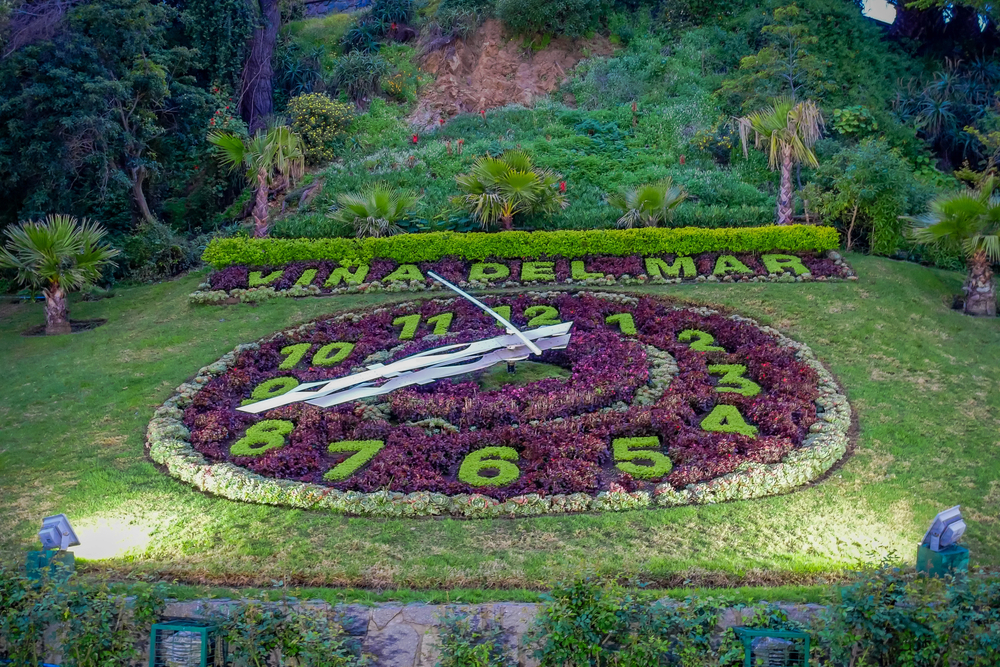
For nature lovers, the National Botanical Garden is a great outing. There are several trails and picnic areas amidst native and exotic plants. For those interested in history and archaeology, the Fonck Museum houses artifacts from Easter Island, including an authentic Moai at the entrance.
At night, the city becomes more lively, with bars, restaurants, and even casinos. The Viña del Mar Casino is one of the oldest in South America and remains one of the most sought-after attractions.
Viña del Mar fits well with an itinerary of relaxation, culture, and beautiful landscapes. It is ideal for couples, families, and even solo travelers who want to enjoy the Chilean coast with comfort and tranquility. If you are in Santiago, it is well worth including Viña in your trip!
Puerto Varas
A charming city in southern Chile, known for its stunning landscapes and rich cultural heritage. Here are some must-do activities to enjoy in Puerto Varas:
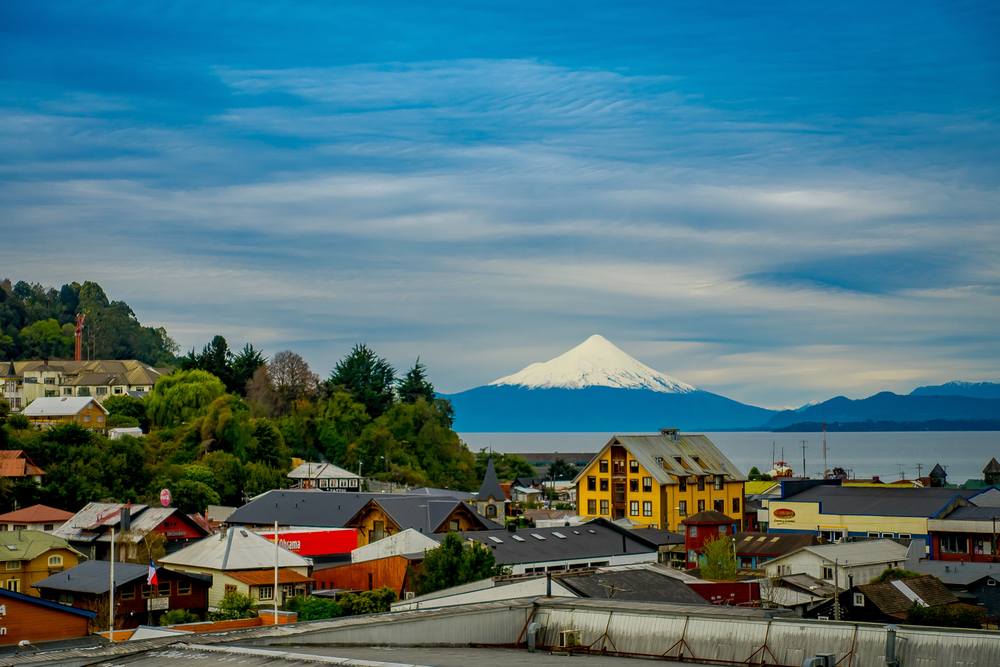
Explore Lake Llanquihue: This is one of the largest lakes in Chile, offering spectacular views of the Osorno and Calbuco volcanoes. You can walk along the shore, practice water sports, or simply relax and enjoy the scenery.
Visit Osorno Volcano: Approximately 50 km from the city, this iconic volcano offers hiking trails and a ski center during the winter. From the top, the panoramic view of the region is breathtaking.
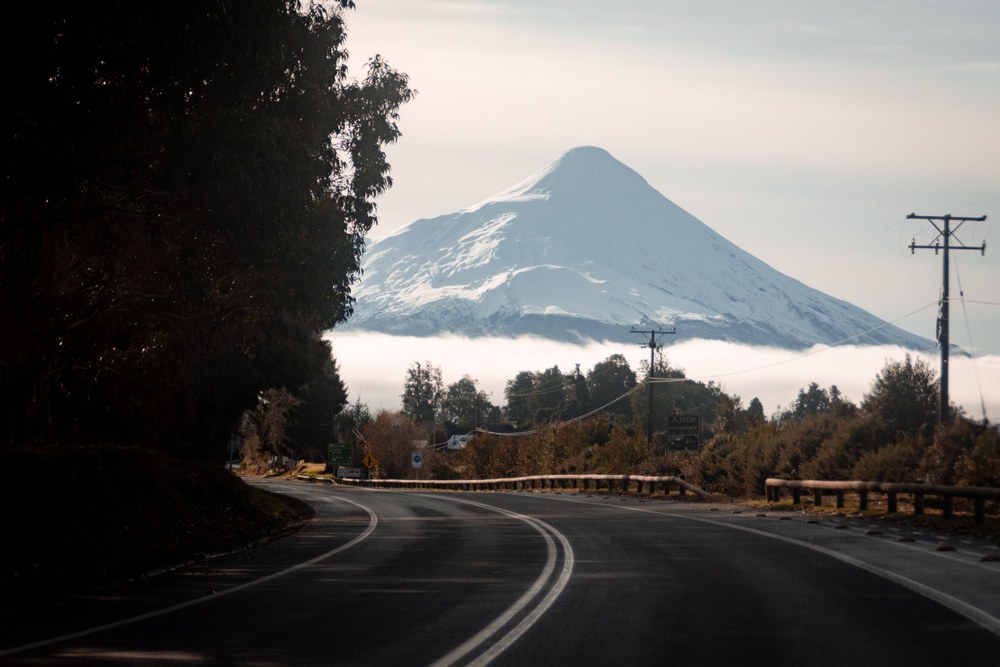
Visit the Petrohué Waterfalls: Located in Vicente Pérez Rosales National Park, these waterfalls impress with the force of emerald waters flowing over volcanic rocks. It is a natural spectacle not to be missed.
Stroll through Frutillar: About 30 km from Puerto Varas, this small town is famous for its German-influenced architecture and the Teatro del Lago, which hosts cultural and musical events. Be sure to try the traditional German sweets at the local bakeries.
Visit the Church of the Sacred Heart of Jesus: This historic monument, built between 1915 and 1918, reflects the German heritage of the region and is one of the architectural landmarks of Puerto Varas.
Patagonia
The Chilean Patagonia is an incredible destination for those who love nature, adventure, and breathtaking landscapes. Located in the far south of Chile, this region is known for its imposing mountains, crystal-clear lakes, glaciers, and impressive natural parks. Patagonia is among the top 7 destinations in South America.
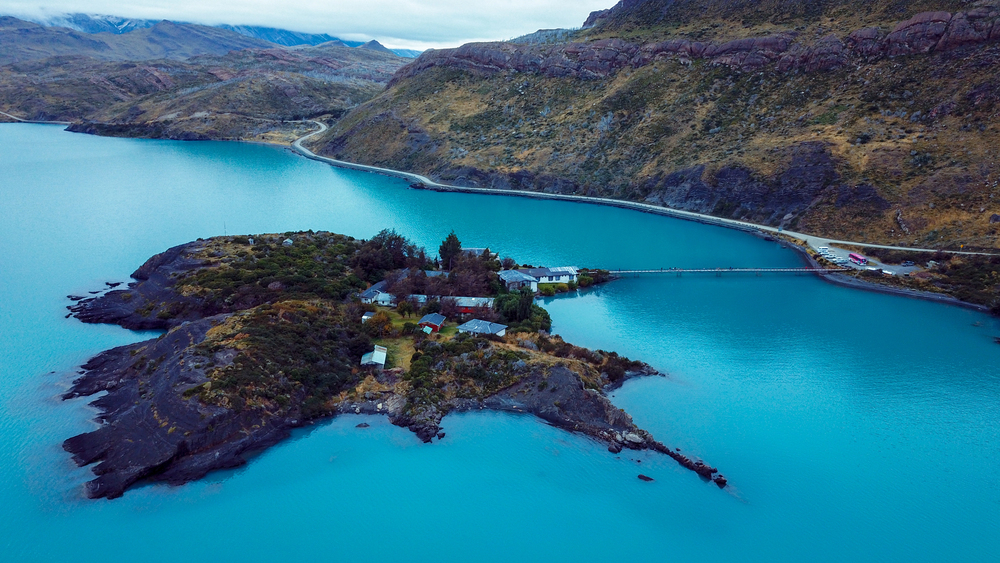
One of the main tourist attractions is Torres del Paine National Park, where you can hike trails of varying difficulty levels and get up close to the famous stone towers, as well as animals like guanacos, condors, and even pumas. For adventure enthusiasts, there are options for trekking, horseback riding, and kayaking.
Another must-see excursion is a visit to the Grey Glacier, which can be explored by boat or on ice walks. The base city for exploring the region is Puerto Natales, which has good infrastructure for tourists.
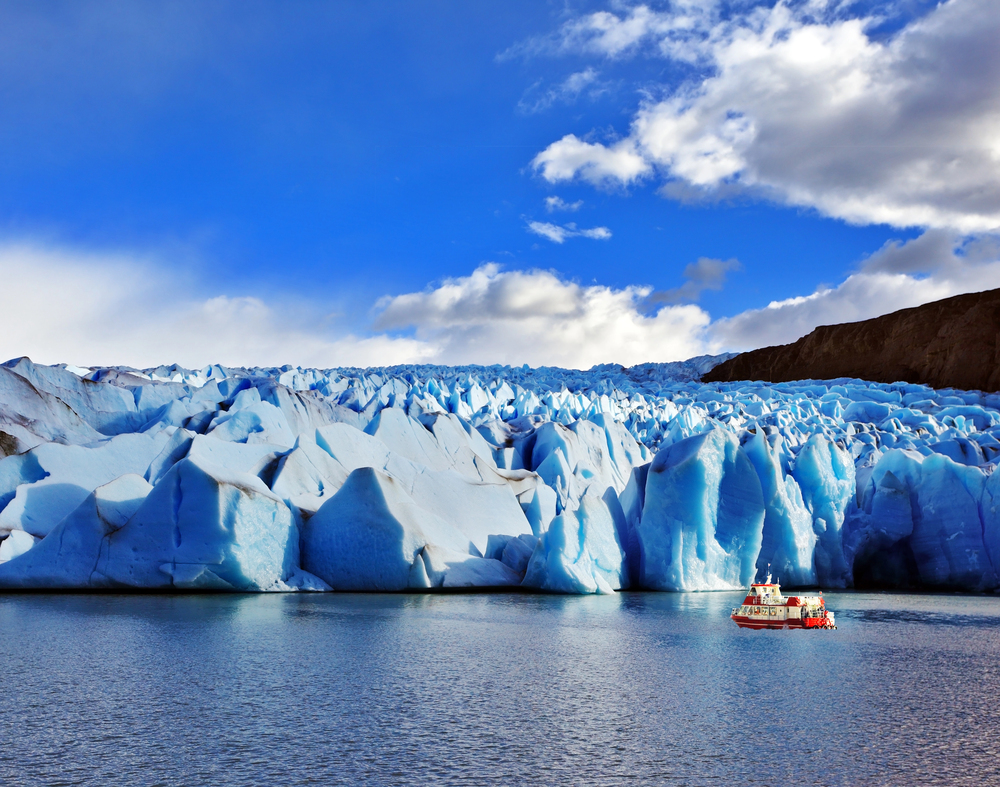
The Chilean Patagonia is a place that combines tranquility, adventure, and pure natural beauty. It is definitely worth visiting!
Easter Island
Easter Island, or Rapa Nui, is one of the most mysterious and fascinating places in Chile — and in the world! Located in the middle of the Pacific Ocean, this island captivates with its exotic landscapes, unique culture, and, of course, the famous Moai statues.
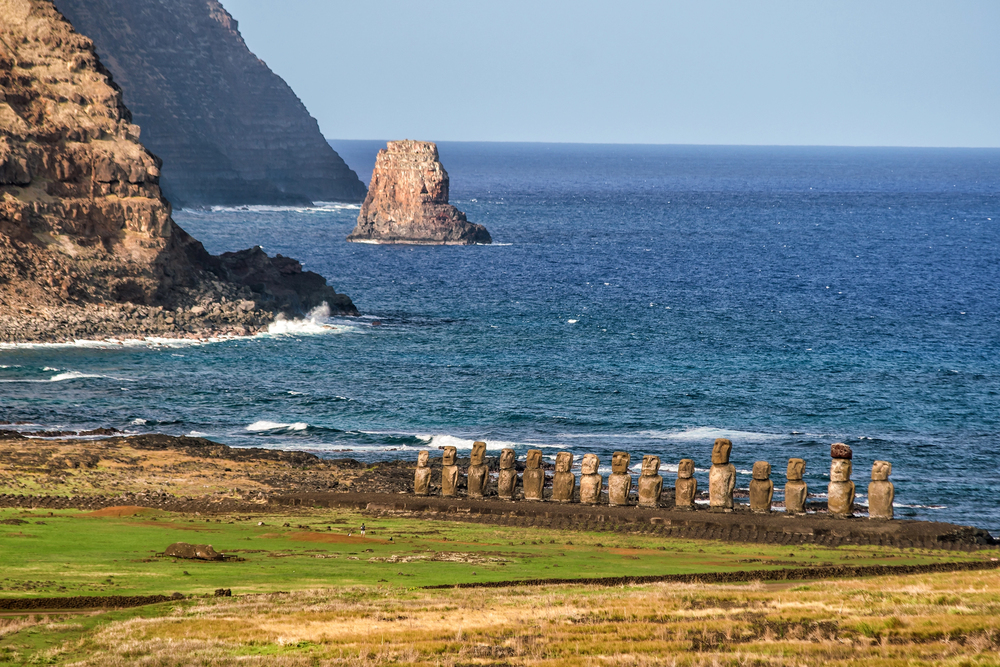
One of the main tours is visiting Rapa Nui National Park, where many of the Moai are scattered across the island. The most impressive site is Ahu Tongariki, a platform with 15 Moai lined up facing the sea. Nearby is the crater of the Rano Raraku volcano, which served as a kind of “factory” for the Moai, with dozens of unfinished statues.
Another must-see tour is climbing the Rano Kau volcano, which offers a spectacular view of the crater and the ocean. At the top, you can also visit the ancient ceremonial village of Orongo, where the Birdman rituals, an important part of the local culture, took place.
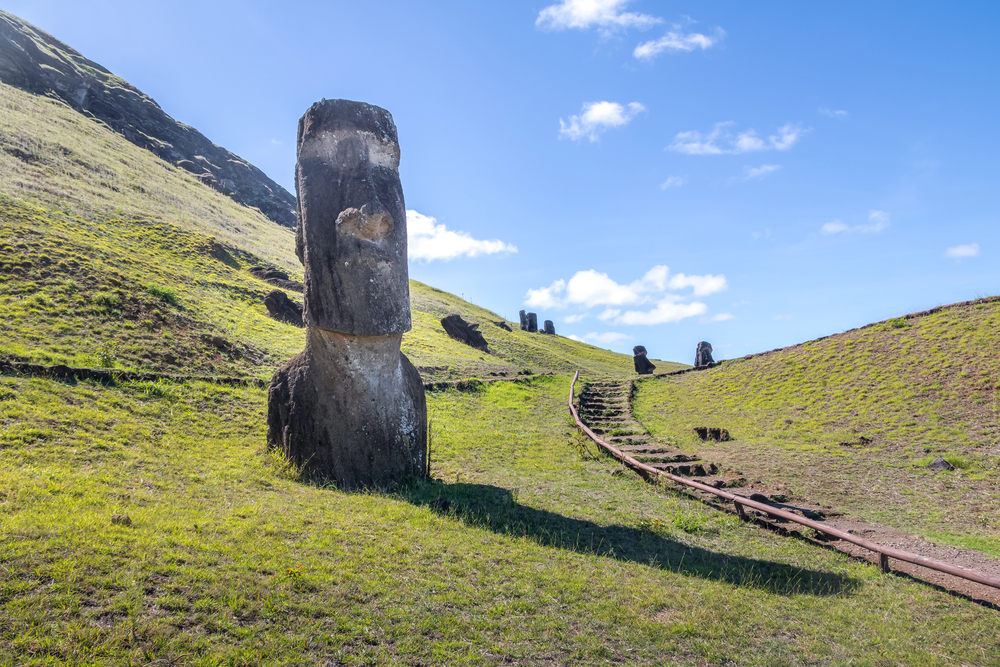
For those looking to relax, the tip is to enjoy Anakena Beach, with its white sands and turquoise waters — ideal for a swim after exploring the island. It is also worth visiting the center of Hanga Roa, with its shops, restaurants, and traditional dance performances.
The Best Time to Visit Chile
Knowing the best time to visit Chile makes all the difference in planning your trip, as the country has a unique geography and a very varied climate throughout its extensive territory. The country offers completely different experiences depending on the season and the chosen region. Therefore, there is no single answer to the question “when to go to Chile?” — it all depends on what you want to see and do there.
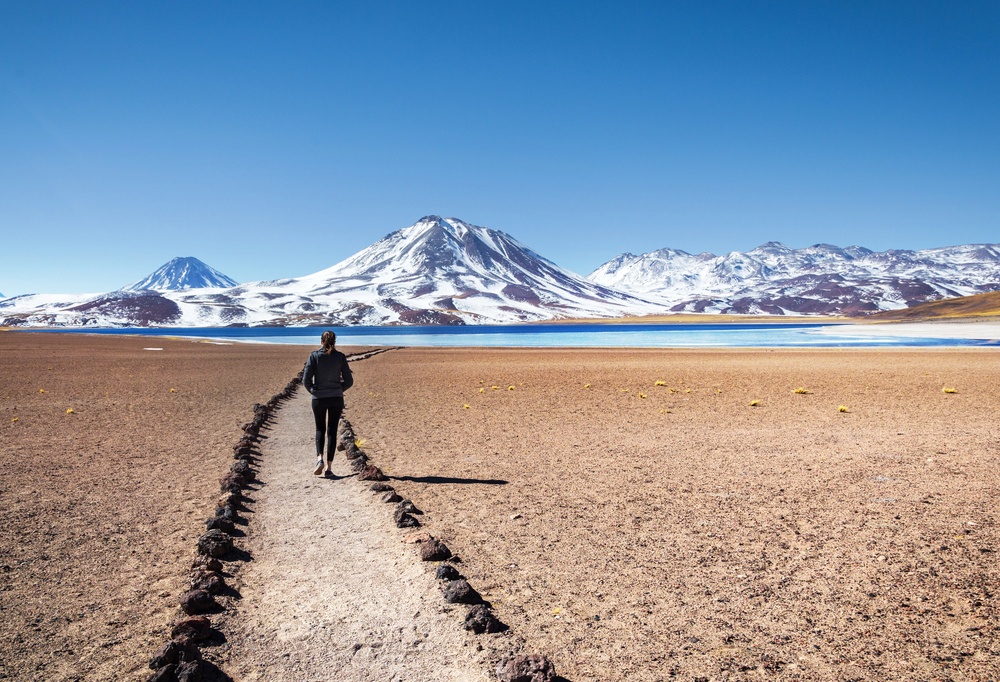
If your idea is to visit the Atacama Desert in the north of the country, the good news is that you can visit it all year round. Being a desert region, the climate is dry and rain is rare. During the day it is hot, and at night the temperature can drop significantly. From March to May and from September to November, the weather is usually more pleasant and there are fewer tourists, making the trip even better.
For those who want to explore the central region of Chile — where Santiago, Valparaíso, Viña del Mar, and the vineyards are located — the best time is between spring (September to November) and autumn (March to May). During these seasons, the weather is mild, the landscapes are beautiful, and the tourist movement is lower than in summer. However, if you want to enjoy the beaches or the hustle and bustle of the high season, summer (December to February) is also a good choice.
For winter sports lovers, the best period to visit Chile is between June and August. During this time, the ski resorts near Santiago, such as Valle Nevado and Farellones, are in full operation, offering slopes for all levels of skiers and breathtaking snow-covered landscapes.
The southern region of Chile, including Patagonia and the famous Torres del Paine National Park, is best visited during the warmer months, between November and March. In winter, temperatures are very low and some accesses may be closed due to snow. In summer, the days are longer, the weather is more stable, and the trails are more accessible.
Finally, Easter Island, located in the middle of the Pacific, has pleasant weather all year round but tends to be busier between January and March. If you want tranquility, prefer the months from April to October.
How to Get to Chile
It is easier than it seems, especially for those coming from Brazil. The most common and practical way is by plane. Several airlines offer direct flights from cities like São Paulo, Rio de Janeiro, and Porto Alegre to the Chilean capital, Santiago. The direct flight time between São Paulo and Santiago, for example, is around 4 hours.
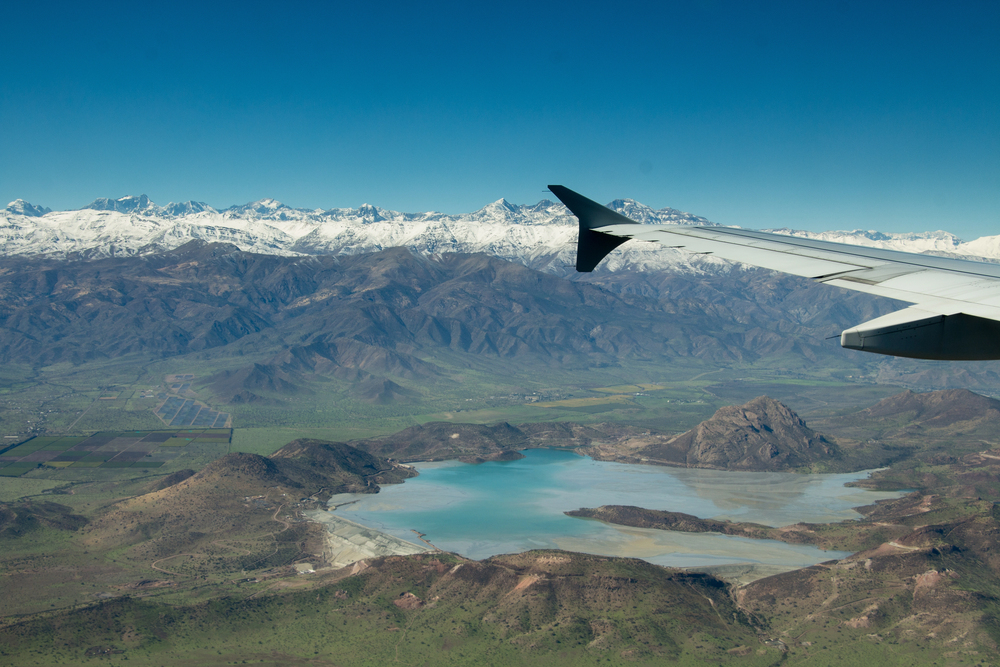
The main airport in the country is Santiago International Airport (Arturo Merino Benítez), which receives international flights from various parts of the world. Upon arrival, you can catch connections to other regions of the country, such as Atacama, Patagonia, or Easter Island, using domestic flights.
For those already traveling through South America, it is also possible to reach Chile by land, crossing the border from Argentina, Bolivia, or Peru. There are several bus routes that make this journey, such as from Mendoza to Santiago (crossing the Andes Mountains) or from San Pedro de Atacama to Uyuni in Bolivia.
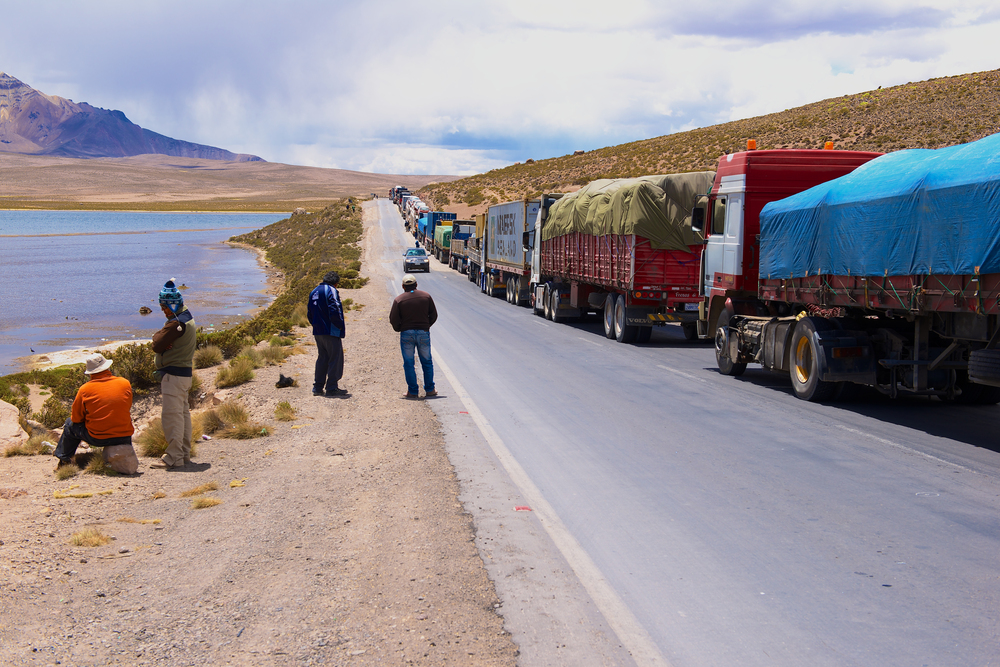
In general, many countries in South America, Europe, and North America do not need a visa for tourism of up to 90 days. However, visitors from some nationalities need to apply for a visa in advance at the Chilean consulate in their country of origin. The list of countries that require a visa can be consulted on the official website of the Chilean Immigration Department.
Basic documents required for all foreigners:
- Valid passport, with at least 6 months of validity at the time of entry.
- Tourist visa, if required for your nationality.
- Proof of onward travel, such as a return or onward flight ticket.
- Proof of financial means, showing that you can support yourself during your stay (cash, cards, bank statements, etc.).
- Proof of accommodation, such as hotel reservations or an invitation letter from someone living in Chile.
In summary, whether by plane or by land, getting to Chile is straightforward and will surely be the beginning of an incredible journey through the unique landscapes of South America. This country offers so much beauty, and there are many things to do in Chile, regardless of your style of relaxation. Don’t forget to share your travel experience with us!
